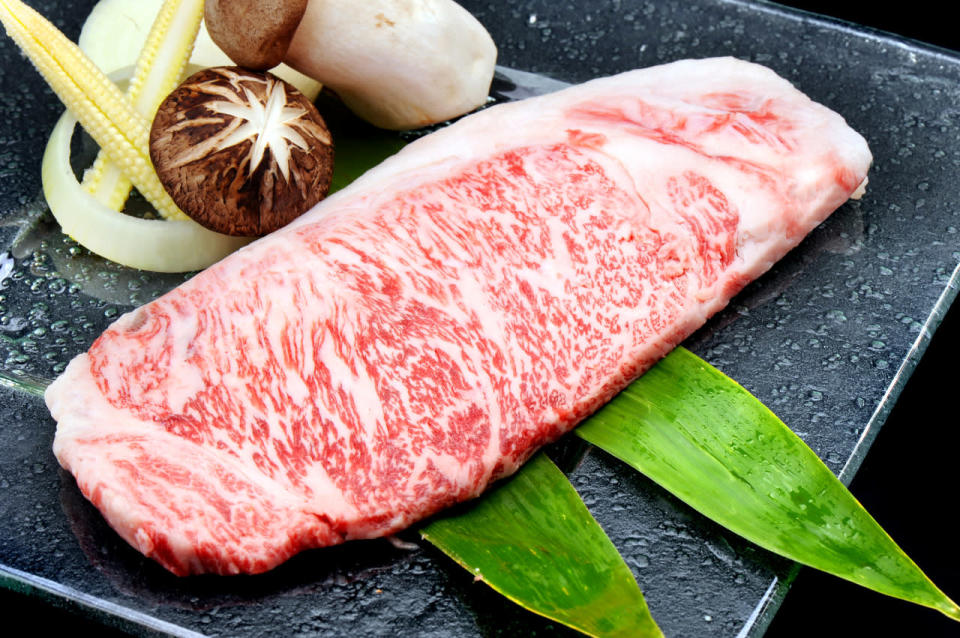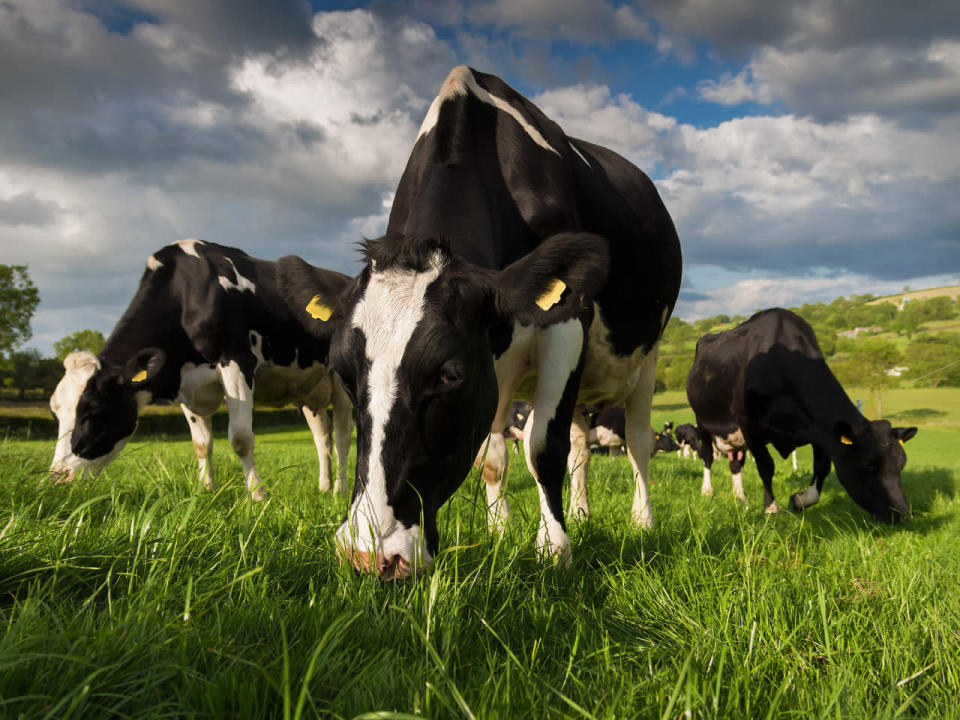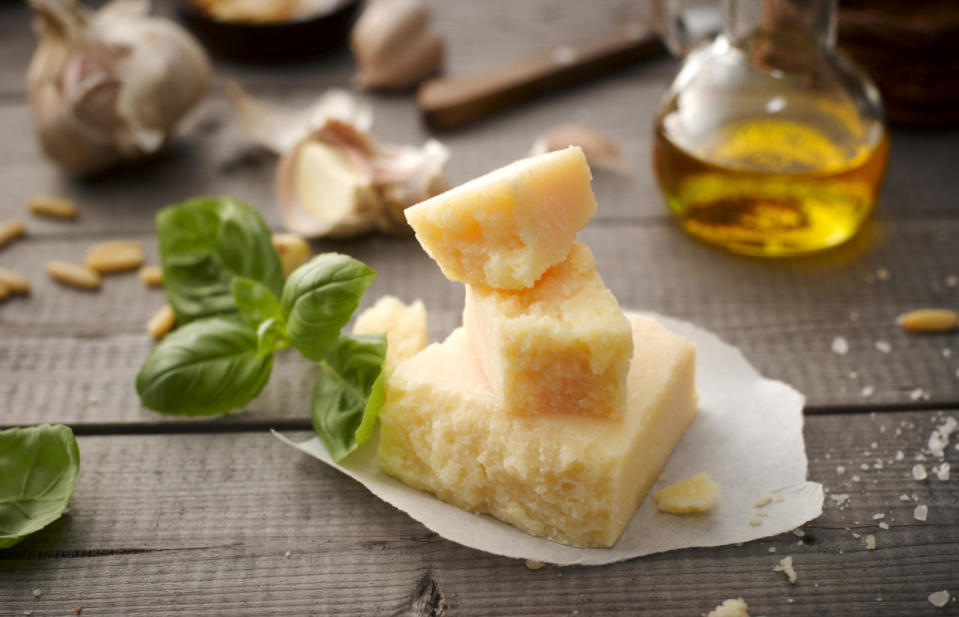7 foods you’re eating that are probably fake
If you enjoy a well-marbled slab of Kobe beef or regularly get take out from your local sushi place, we have bad news.
According to Larry Olmsted, plenty of the food we eat daily is either fake or manipulated – and the issue is prevalent across our food sources, from restaurants to grocery stores.
In his new book “Real Food Fake Food,” Olmsted exposes numerous counterfeit foods we’ve been eating, from beef to olive oil and sushi. Click through the gallery above to find out more and let us know what you think by tweeting us @YahooStyleCA.








